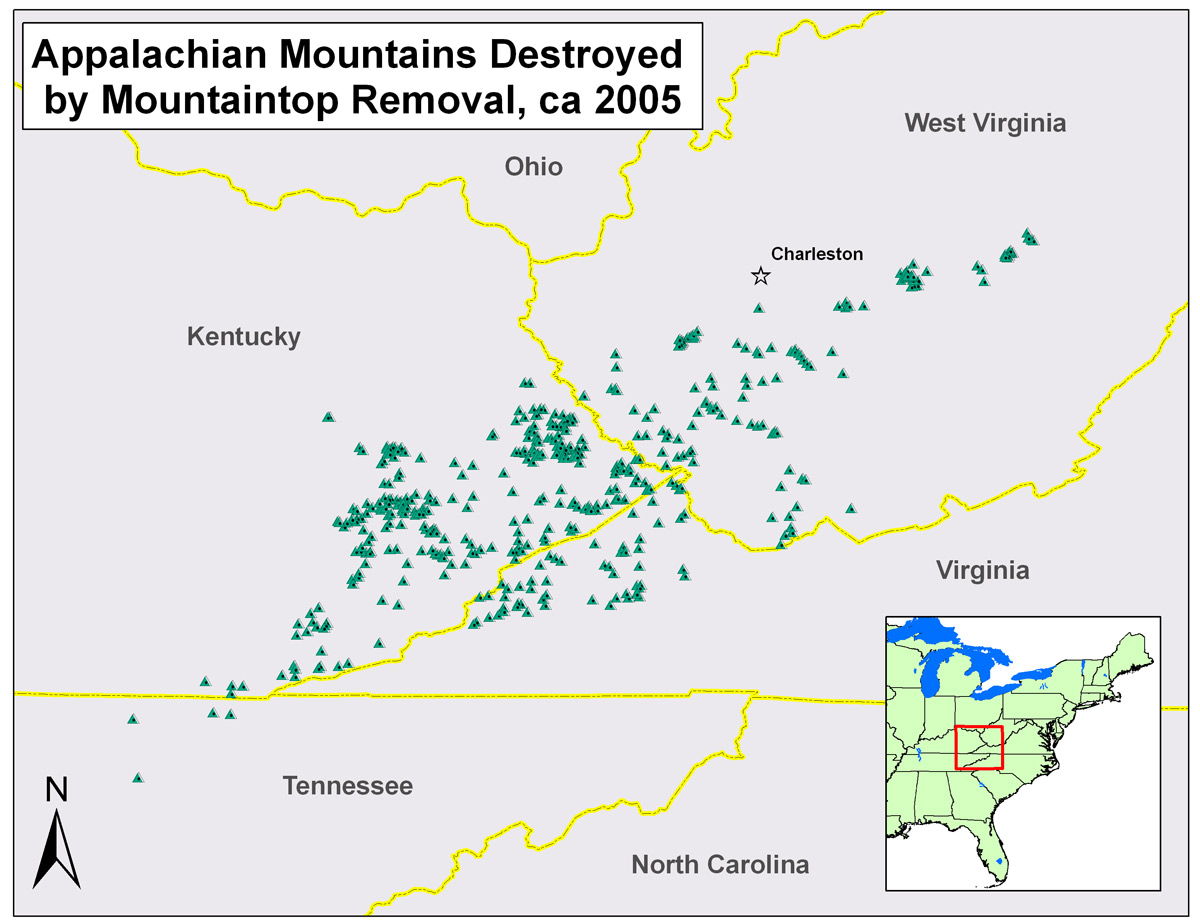
An Open Pit Uranium Mine
Proponents of nuclear power do a lot to paint it as an environmentally friendly, cheap fuel source. It is not, and we at Public Citizen work hard to dispel these kinds of myths. We have said a lot about how expensive a major nuclear undertaking can be (San Antonio is on verge of dumping several billion dollars into one of these projects) and how they emit radiation into the air and produce radioactive waste that hangs around for thousands of years and can be a huge contamination risk. None of this gets much attention in mainstream discourse, so it is up to concerned citizens like us to shed light on these things.
There is one destructive aspect of nuclear power that public discourse tends to be especially silent on. Just as coal industry apologists brush over the enormous damage caused by coal mining, any discussion of nuclear is power is likely to be silent on the damage done by uranium mining.
The damage to human health associated with uranium mining is huge. Historically, uranium miners have had a significantly higher risks of developing small cell Carcinoma, which is a likely product of their exposure to Radon-222 — a cancer causing agent created by decaying uranium. The presence of Radon gas also makes uranium mines a very dangerous work environment. This led to the 1990 passage of the Radiation Exposure Compensation Act (RECA), which awards $100,000 to miners, millers, and transporters who subsequently got cancer after exposure to uranium — though families of many of the victims have had difficulty receiving this money (many cancer stricken miners were Navajo, and their marriage licenses were not universally recognized).
Last year the French mining company Areva was nominated for a Public Eye Award (a recognition intended for companies who brought about the most social or ecological damage) by Pro Natura (Switzerland’s branch of Friends of The Earth), and the Berne Declaration development campaign. The nomination came from the company’s perceived failure to adequately disclose the risks associated with uranium mining to its workers in Niger, as well as neglecting to treat patients who are unable to pay at company hospitals. Workers also mentioned deaths caused by radioactive contamination of air and ground water.
Aside from the dangers of uranium exposure, mining projects also cause considerable damage to the local environments and to the health of people who live nearby. The American Southwest is covered with abandoned uranium mines from the Cold War Era that have yet to be cleaned up, not to mention waste piles, open tunnels, and pits — all of which emit cancer causing radiation and leach arsenic and heavy metals into the soil and drinking water. Oddly enough, much of this radioactive debris eventually came to be used as building material for local houses. It is likely that exposure to this material is at least partially responsible for the increased cancer rates among Navajos (from almost non-existent) to well above the national-average by the end of the cold war.
Currently all uranium mining done in the United States is in the form of in-situ leaching, a process in which boreholes are drilled into a deposit, it is filled with an acid or alkali, and the dissolved ore content is pumped to the surface for recovery. It is a controversial process, often objected to by local land owners, because it acidifies ground waters and can release toxic heavy-metals as well as radioactive materials. There have also been concerns about spillage of acid leachates into the soil or water supplies. In other parts of the world, open pit mines and underground mines are still used, which continue to expose workers to danger, damage the local landscapes, and create waste heaps of toxic and radioactive waste rock.
There are a lot of hidden expenses and environmental as well as human health problems with nuclear power, despite claims that it is a “clean” fuel source. I think we need to be a lot more skeptical and a lot more forward in our rejections of these claims. I also think that the dangers of uranium mining give us another reason to support new clean energy sources like wind and solar power.
The Disappointed Environmentalist
Read Full Post »
 A guest column by Ted Nace of CoalSwarm:
A guest column by Ted Nace of CoalSwarm:


 While we at Public Citizen Texas are fighting the building of new coal power plants in Texas and the surrounding states, the focus has largely been on the CO2, sulfur and other pollutants emitted into the air by the burning of coal, not to mention its inefficiency as a fuel source.
While we at Public Citizen Texas are fighting the building of new coal power plants in Texas and the surrounding states, the focus has largely been on the CO2, sulfur and other pollutants emitted into the air by the burning of coal, not to mention its inefficiency as a fuel source.

